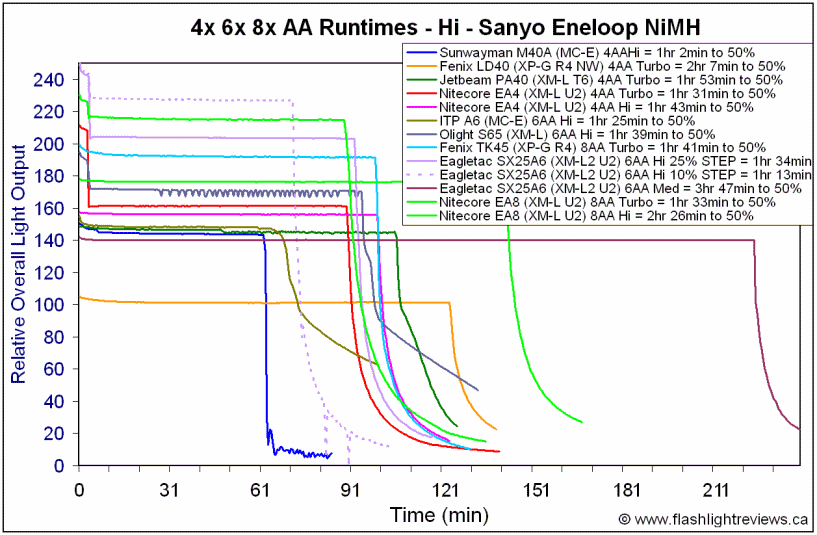
I could see it, if the lip inside the body, below the "heat sink" had been thicker, where the "heat sink" actually sat on the shelf. I could also see making the "heat sink" big enough to "really touch" the body at the heat sink's OD, but they didn't score on either one. What their style suggests is that either:
- We know nothing about led technology or electricity and there is no real heat produced, so no heat sinking is really needed.
- They are counting on the fact that the majority of people using the light will not be using it on Turbo or even High, but they will use it on low or medium and not for any sustained periods of time.
- Nitecore does not have a clue.
I would thing that "B" is the real reason for it. I bet that most manufacturers figure on most people using the lower modes and only on shorter times. I can see that to a certain point, but I think it would be better to opt with a thicker heat sink and get it out to the wall of the head/body by making it a tight fit.
They made a thin head with lots of good fins. They also made a thin body. Why? So heat could get out to the open air and also to a person's hand quickly. This alone tells me that they thought it through, but I just don't feel they hit the mark where the "heat sink" comes up to the body, to transfer heat.
No matter what, I just don't think it's a very good method in the EA8.
 If it's an XM-L2, then a DrJones driver. If it's an MT-G2, then whatever the gurus tell me will work, as I have no clue. I just know it has to be able to work with the current switch that is in the light (maybe, for now, possibly). LOL
If it's an XM-L2, then a DrJones driver. If it's an MT-G2, then whatever the gurus tell me will work, as I have no clue. I just know it has to be able to work with the current switch that is in the light (maybe, for now, possibly). LOL


